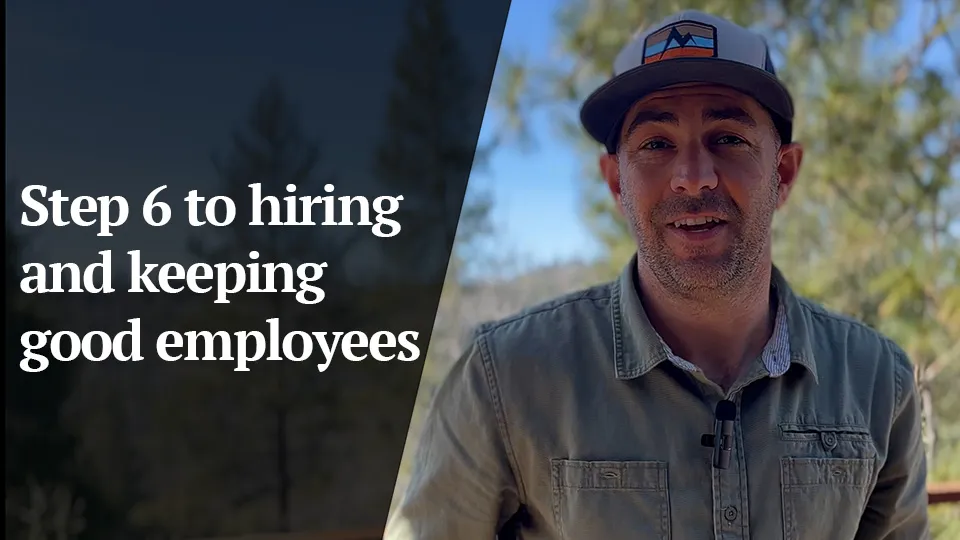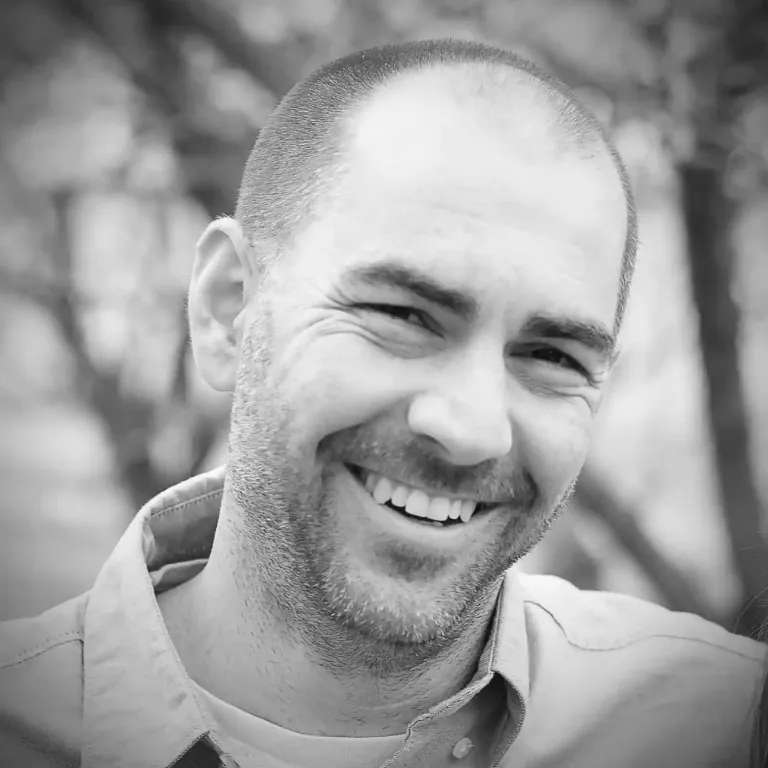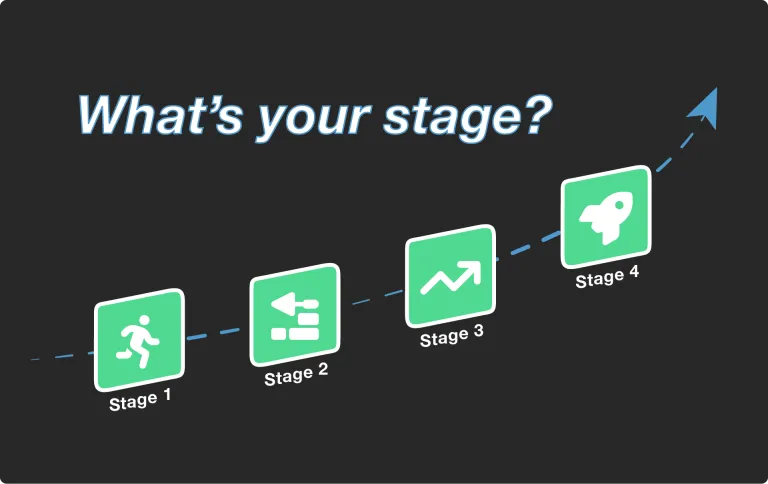
The job interview is one of the riskiest steps in the hiring process.
Get it wrong, and you can waste enormous amounts of time, energy, money, and headache. But get it right, and you can bring on a team member who will help grow your business and be a tremendous blessing. If you thought “hiring” and “interviewing” were synonymous, we’ve been exploring the hiring process in-depth for a few weeks, and hopefully you’re beginning to see how hiring a team member involves a lot more than just interviewing and making an offer.
Read on to prepare yourself for an interview process that will grow your team and your business.
The 3 objectives of an interview
Do you want your interviewing efforts to pay serious rewards? Then make sure you design them to accomplish these three things.
First, your interview process should provide deep clarity about your mission, the results you need the role to deliver, and your expectations of your team members. Second, your interviews should filter out candidates who are not a good fit for your company or for the role. Last, you want the interview to answer your candidates’ questions and awaken interest and excitement around working with you.
Let’s look at each of those three objectives more closely.
Provide role and team clarity
The first thing you should aim to achieve in your interviewing process is to provide extreme clarity for your candidates.
You want each and every candidate to understand what your company mission is - what you’re trying to achieve and why it matters. They also need to understand the results you expect this position to deliver and your expectations of people who join your team. Do you require people to show up at a certain time? Do you demand cheerful customer service? Do you expect diligence and attention to detail? This is your first opportunity to declare your expectations and you shouldn’t be timid about telling candidates on the front-end.
The purpose of doing this upfront is to give candidates an extremely clear picture of exactly what will be expected of them if they work for you. This accomplishes two things - it’s the first of many times you’ll communicate your expectations and it gives candidates enough information to get more excited about the job or opt out.
This leads us to our second interviewing objective.
Filter out people who aren’t a great fit
In my observation, this is generally the only step most people are thinking of when they begin interviewing efforts.
And they’re often looking for signs of people who won’t work well, instead of looking for people who are going to be a great fit. In this step you’re trying to get to know the candidate well enough to determine whether or not they’re going to be a good fit for your company and the role. This is most often accomplished by asking interview questions designed to discover qualities you’re looking for. But you may also try some less conventional interview methods like a working interview. I love the working interview because it gives you a chance to see how people work and behave in the real world, not just a detached interview environment.
Don’t settle for just one interview, either. I recommend a minimum of three interviews before you make an offer so that you both get a chance to know each other.
You’ve had a chance to look at the candidate, so now it’s their turn to interview you.
Flip the script
With this objective, we’re letting the great distinguish themselves from the mediocre.
It’s not enough for your candidates to merely hear you and answer your questions. Now you want them to interview you. You’re looking for people who are genuinely interested in the position. Do they ask you good questions? Are they excited by the mission? Are they self-centered and only interested in what you can do for them?
The candidates who rise to the top of your list should show a genuine and sincere interest in how they can contribute and be part of your team, not just getting a paycheck.
Accomplish these three objectives and you’ll be on your way to hiring a team member who will help you grow your business and your team.
How this will make/save you money
In the previous issue, I said that you want to “hire slow, fire fast”.
That doesn’t mean the interview process has to take a month. It means you need to be intentional with your interviewing. All that prep work you’ve done will reveal itself here in the interviewing process. Don’t shortcut or rush interviewing. It would be better to hire no one at all than to rush and hire a warm body just to fill a role and then regret it later.
Yes, the process I’m suggesting will require time and attention from you. But the right hire will reward all of that investment of your time and energy back rapidly.
Your Action items
Block off two hours to craft your interview process.
- How will you share your mission with the candidates?
- What are your expectations from this role and from your team members?
- Craft questions and design your interviews to check candidates for their fit for both the team and the role
- Plan time for the candidate to interview you and take note of the things that they ask
Next time, we’ll cover making an offer to a candidate.
PS: Need help crafting the interview process? I’d be thrilled to help. Let’s chat for 15 minutes.
To thriving,
Zach


